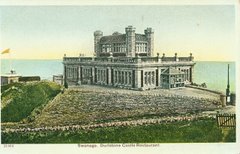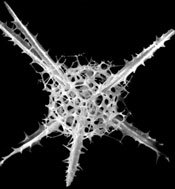


We have almost finished - and left in a terrible rush on Friday afternoon in a state of universal exhaustion. I will go back with Islamiya for one day to finish the remaining cardboard section and to do some patching-in as there are more gaps in the canopy than I'd like. Although technically we have worked to an exact plan, the structure surprises me with the sheer movement embedded in the material - especially the cardboard sections which swirl and loop onto each other. I wanted this sense of movement and it's not in the flat graph plan. Perhaps building sculpture this way is comparable to an architect, say le Corbusier, who starts with some basic principals and extrapolates a building from these principals. Although much is determined from the start - the journey towards the end structure is precarious and by no means certain.











